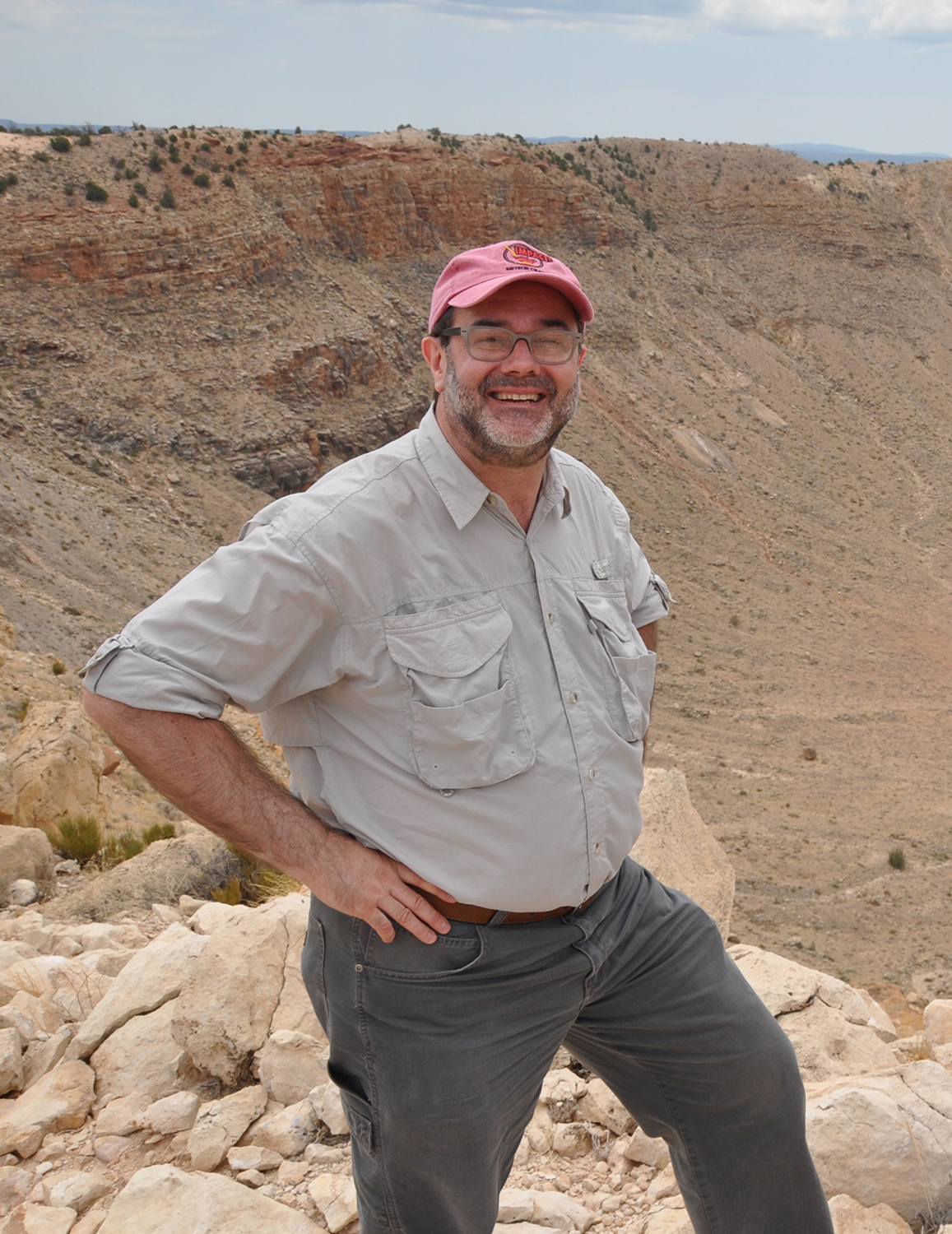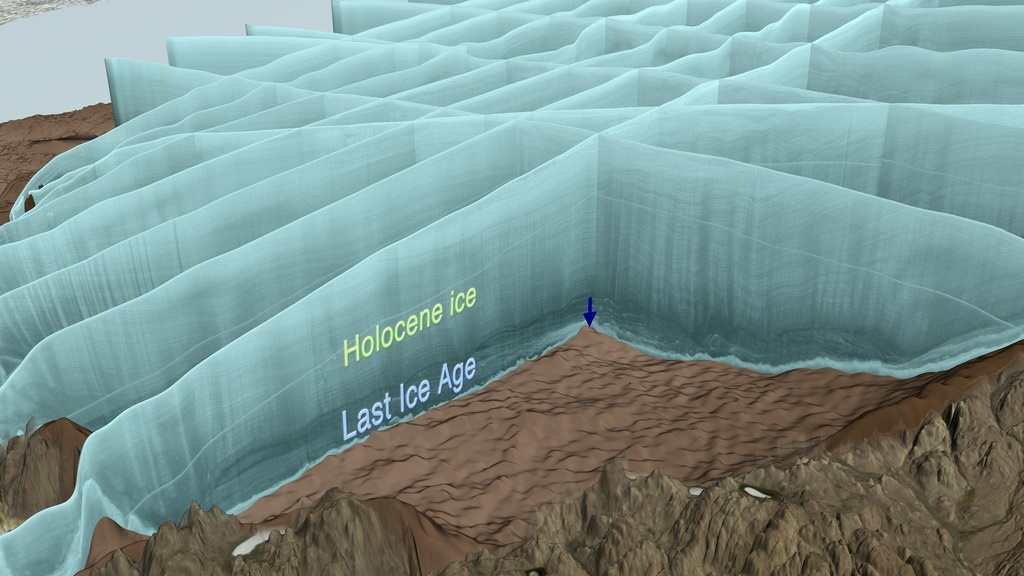To gauge the depth of the anti-science pathology surrounding the Younger Dryas Impact, it is instructive to review a single quote from an oft-quoted ‘expert’ in cosmic impact craters, Dr. Christian Koeberl. In 2018, shortly after NASA announced in Science the discovery of the Hiawatha Crater in NW Greenland, Koeberl provided his opinion, which will ultimately spoil his career.
“I have strong reservations and doubts about the interpretations in this study,” says Christian Koeberl, an impact crater expert from the University of Vienna, who was not involved with the paper. “The authors report on some interesting phenomena, but the ‘definitive’ interpretation and conclusion that a large impact crater underneath the ice has been discovered is a severe over-interpretation of the existing data.”
Koeberl is real lonely these days with this statement. No one has made a “severe over-interpretation” of the existing data. And no one has come forward — other than Koeberl and David Kring — to join his denial of the obvious, despite a growing number of very serious, entirely supporting publications, from dozens of researchers and institutions.
Koeberl’s comment was disappointing but not surprising. He is one of the many oft-quoted ‘experts’ that have opposed the idea of a Younger Dryas impact since the first paper was published in 2007. He was taken very seriously at the time, and did damage to the research and our understanding of the past. Here he is co-authoring an infamous anti-science screed: The Younger Dryas impact hypothesis: A requiem (2010).
And more than a decade later? Koeberl is going out of his way to dispute another obvious truth — Hiawatha is a large cosmic impact crater — based on his a priori public bias. His opposition to the YDI has clearly perverted his judgement regarding an entirely independent discovery of a new large crater, whatever the time of formation.
Merely the “idea” of a 22-mile crater being formed 12,800 to 2 million years ago (emphasis on the former number) is anathema to Koeberl. If such a place existed anywhere on earth, and such a catastrophe occurred so recently, he, or at least his professional clique, would surely have made such discoveries.
Therefore, they ignore their lying eyes and say dumb things to the press before ever giving an inch. How scientific.
To an extent, you have to respect Christian’s moxie. When he made his risky statement, NASA and Science Magazine certainly disagreed with him and thought Hiawatha was a crater. They even made two splashy movies saying so [Here and here].
And despite a growing list of publications concerning the Hiawatha Crater discovery, Dr. Koeberl’s skepticism regarding the geomorphology of the feature has played no role. It is assumed that the 22-mile wide circular depression of molten rock beneath Hiawatha Glacier is an impact crater by all geoscientists on record, except Koeberl, who has not published.
Just last week, well established investigators not only supported the “interpretation” of Hiawatha as a crater, but entirely ignored his skepticism — while still citing him five times. (See paper below and articles here). What an interesting dynamic, using the work of a man to prove something he cannot see.
So what to make of an impact crater expert that denies an obvious impact crater? I suspect it is because Koeberl is not a true scientist — he is only an ‘expert’ in craters that doesn’t know one when he sees one.
The hole’s age is far from the only uncertainty here. Kjær’s team is confident that they have a genuine meteorite impact crater on their hands. But a few other scientists who didn’t participate in the study, including planetary geologists Christian Koeberl and David Kring, aren’t convinced.
Because it is very well preserved, it points to a possibly very young age, as young as the onset of the Younger Dryas period (between 11,500 and 14,500 years ago),” said Silber. “Or alternatively, if old, it tells us about the erosional processes that might have taken place in that area.
The discovery of a large putative impact crater buried beneath Hiawatha Glacier along the margin of the northwestern Greenland Ice Sheet has reinvigorated interest into the nature of large impacts into thick ice masses. This circular structure is relatively shallow and exhibits a small central uplift, whereas a peak-ring morphology is expected. This discrepancy may be due to long-term and ongoing subglacial erosion but may also be explained by a relatively recent impact through the Greenland Ice Sheet, which is expected to alter the final crater morphology. Here we model crater formation using hydrocode simulations, varying pre-impact ice thickness and impactor composition over crystalline target rock. We find that an ice-sheet thickness of 1.5 or 2 km results in a crater morphology that is consistent with the present morphology of this structure. Further, an ice sheet that thick substantially inhibits ejection of rocky material, which might explain the absence of rocky ejecta in most existing Greenland deep ice cores if the impact occurred during the late Pleistocene. From the present morphology of the putative Hiawatha impact crater alone, we cannot distinguish between an older crater formed by a pre-Pleistocene impact into ice-free bedrock or a younger, Pleistocene impact into locally thick ice, but based on our modeling we conclude that latter scenario is possible.
Silber, MacGregor et al. 2021



 (GRAPHIC) C. BICKEL/SCIENCE; (DATA) UMN POLAR GEOSPATIAL CENTER; ICEBRIDGE BEDMACHINE GREENLAND/NASA NATIONAL SNOW AND ICE DATA CENTER
(GRAPHIC) C. BICKEL/SCIENCE; (DATA) UMN POLAR GEOSPATIAL CENTER; ICEBRIDGE BEDMACHINE GREENLAND/NASA NATIONAL SNOW AND ICE DATA CENTER
